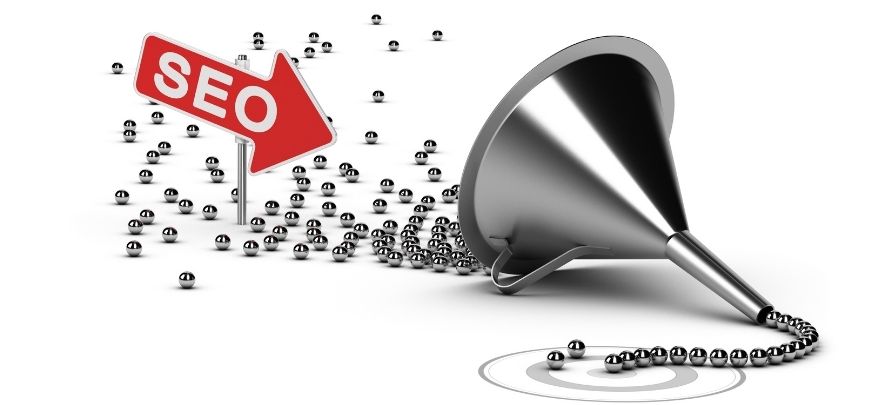Why SEO is important for a website

Digital & Technology
227 week ago — 5 min read
Search Engine Optimisation (SEO) is a marketing discipline focused on growing visibility in organic (non-paid) search engine results. SEO encompasses both the technical and creative elements required to improve rankings, drive traffic, and increase awareness in search engines. There are many aspects to SEO, from the words on your page to the way other sites link to you on the web. Sometimes SEO is simply a matter of making sure your site is structured in a way that search engines understand. SEO isn’t just about building search engine-friendly websites. It’s about making your site better for people too.
Why does a website need SEO?
The majority of web traffic is driven by the major commercial search engines. Although social media and other types of traffic can generate visits to your website, search engines are the primary method of navigation for most Internet users. This is true whether your site provides content, services, products, information, or just about anything else.
Search engines are unique in that they provide targeted traffic—people looking for what you offer. Search engines are the roadways that make this happen. If search engines cannot find your site, or add your content to their databases, you miss out on incredible opportunities to drive traffic to your site.
Search queries
The words that users type into the search box—carry extraordinary value. Experience has shown that search engine traffic can make (or break) an organisation’s success. Targeted traffic to a website can provide publicity, revenue, and exposure like no other channel of marketing. Investing in SEO can have an exceptional rate of return compared to other types of marketing and promotion.
Also read: How does your domain & hosting server matter in terms of SEO?
Why can’t the search engines figure out my site without SEO?
Search engines are smart, but they still need help. The major engines are always working to improve their technology to crawl into the web more deeply and return with better results for users. However, there is a limit to how search engines can operate. Whereas the right SEO can let you thousands of visitors and increased attention, the wrong moves can hide or bury your site deep in the search results where visibility is minimal.
In addition to making content available to search engines, SEO also helps boost rankings so that content will be placed where searchers will more readily find it. The Internet is becoming increasingly competitive, and those companies who perform SEO will have a decided advantage in visitors and customers.
How do search engines work?
Search engines have two major functions: crawling and building an index, and providing search users with a ranked list of the websites they’ve determined are the most relevant.
A search engine crawler is a program or automated script that browses the World Wide Web in a methodical manner in order to provide up to date data to the particular search engine. While search engine crawlers go by many different names, such as web spiders and automatic indexers, the job of the search engine crawler is still the same.
Crawling
This fetches all the web pages linked to a particular website. A software known as crawler or a spider or Googlebot does crawling.
Indexing
It creates index for all the fetched web pages and keeps them into a giant database from where retrieval is also possible. It can be understood as identifying the words and expressions that accurately describe your page.
Processing
It involves the processing of search request by comparing search string in the search request with the indexed pages in the search engine database.
Calculating Relevancy
As there could be more than one page contains the same search string; relevancy calculation helps in checking the relevancy of each of the pages.
Retrieving Results
Retrieving the best-matched results is the last search engine activity.
Search Engine Rank
For any keyword search on a search engine, thousands of results may occur. Ranking of your page is measured by the position of your web pages displayed in SERPs (Search Engine Result Pages).
Also read: 8 free and easy SEO tools every bootstrapped owner should know about
To explore business opportunities, link with me by clicking on the 'Connect' button on my eBiz Card.
Image source: shutterstock.com
Disclaimer: The views and opinions expressed in this article are those of the author and do not necessarily reflect the views, official policy or position of GlobalLinker
View Nitish 's profile
Other articles written by Nitish Chandra
Most read this week
Trending










Comments
Share this content
Please login or Register to join the discussion